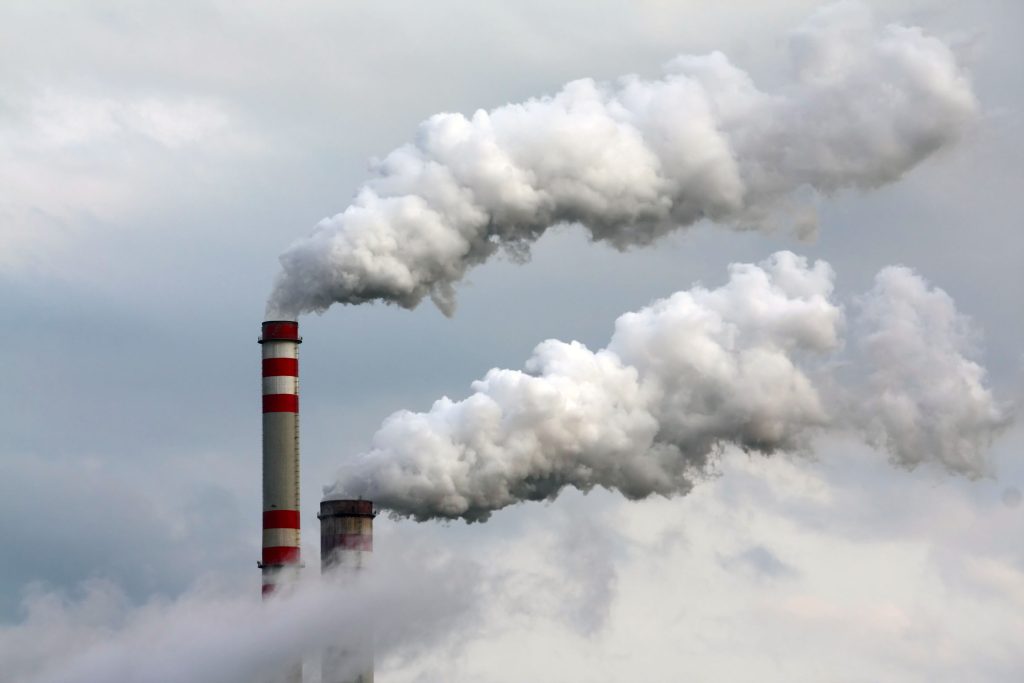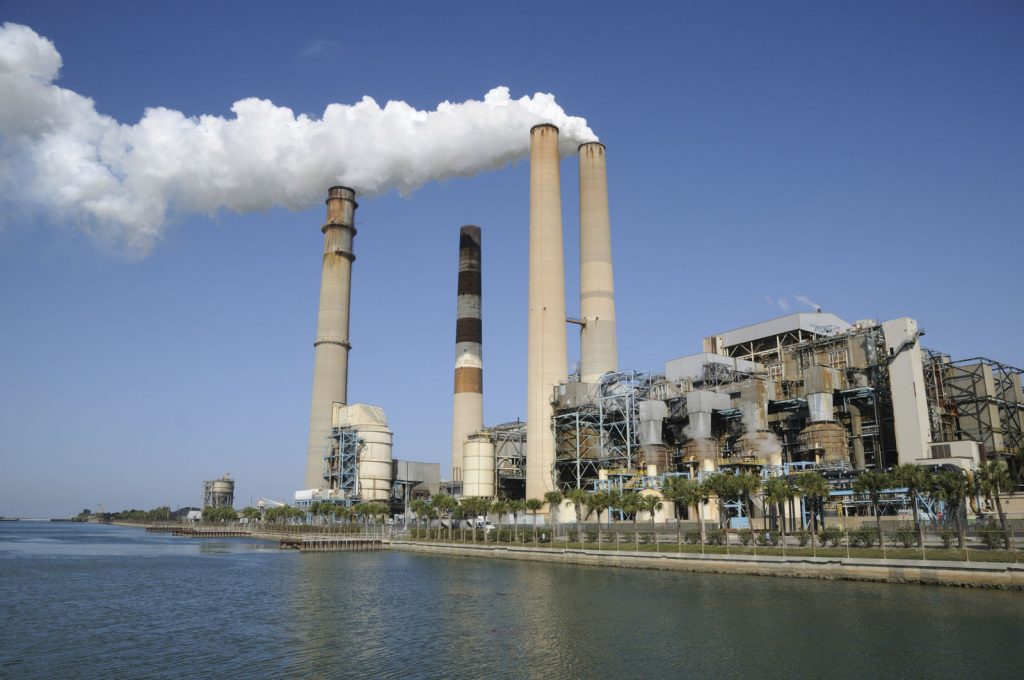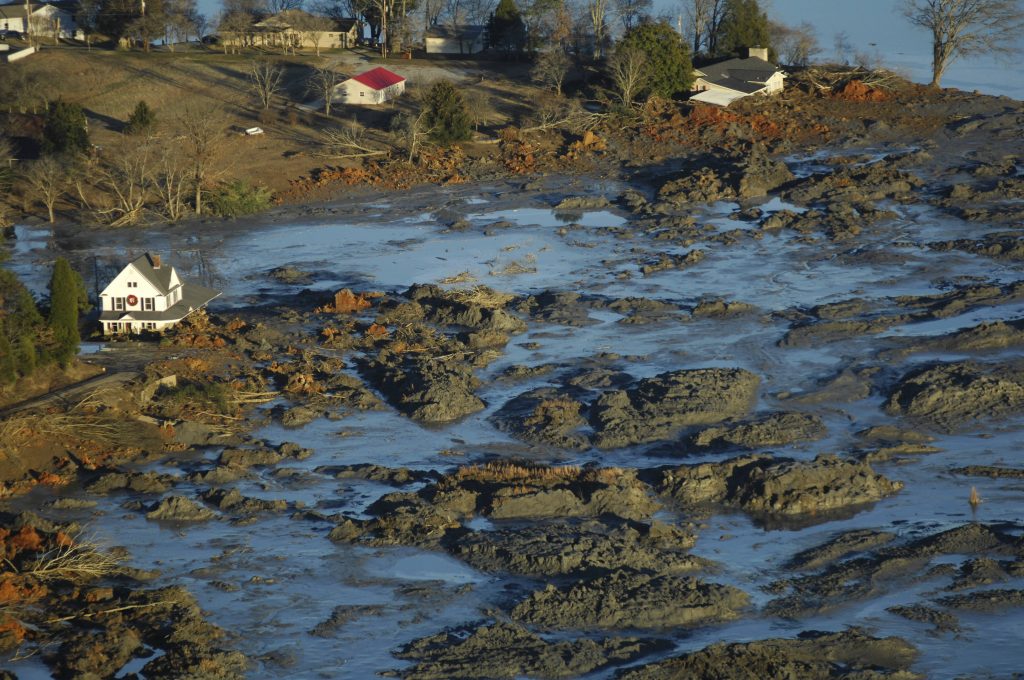Front Porch Blog

On March 12, the U.S. Environmental Protection Agency announced what it called the “biggest deregulatory action in U.S. history,” a rollback of dozens of important environmental health protections that will put communities across the nation at risk and let polluters go wild.
Because there is a complex process for changing regulations that requires allowing public comment and ensuring that rule changes aren’t arbitrary, EPA officials say their plan is to use an obscure section of the Clean Air Act to allow industrial facilities to ignore rules by merely requesting an exemption from the president.
The EPA said it will also “reconsider” its 2009 finding that greenhouse gas emissions threaten public health and welfare — a finding that allowed the agency to take action to limit those emissions.
Though the agency’s press release called their deregulation announcement “the most momentous day in the history of the EPA,” it actually represents the agency abandoning its core mission: protection of the environment and public health.
Here are just a few of the proposed rollbacks and the impacts they would have.
Cutting Climate-Altering Emissions from Power Plants

What does the rule do? New Clean Air Act standards mandated a 90% reduction in greenhouse gas emissions for power plants if they plan to stay open beyond 2039. New plants would have to cut or capture 90% of carbon emissions by 2032.
What would the rollback mean? EPA stated that they would “reconsider” these Clean Air Act standards. Presumably, this means they will initiate a new rulemaking process. If EPA successfully eliminates the rule through a rulemaking process, it means that even as climate-related natural disasters increase in number and severity, regulators would lift strict caps on greenhouse gas emissions.
Who would be hurt? Everyone impacted by climate change — meaning, eventually, everyone — would be hurt by allowing increased greenhouse gas emissions. The rule was expected to eliminate 1.3 billion tons of carbon pollution and tens of thousands of pounds of other pollutants that harm human health, including particulate matter, sulfur dioxide and nitrogen dioxide.
Mercury and Air Toxics Standards
What does the rule do? The rule tightened limits on mercury and other airborne toxics emitted by power plants, reducing mercury emissions by up to 70%.
What would the rollback mean? The EPA stated that it is considering a two-year compliance exemption for affected power plants while EPA goes through a new rulemaking process — essentially stopping the rule immediately while the EPA gets to work attempting to rescind the rule.
With this “compliance exemption” and rule elimination, power plants that have been polluting communities for decades would be allowed to resume spewing more toxic pollution into the air.
Who would be hurt? Residents living near power plants would breathe in these toxic emissions, and the pollution also settles onto waterways, contaminating fish and other aquatic life. These emissions would lead to more cases of heart attacks, cancer and developmental delays in children. Even pollutants not covered by the rule would increase along with the other emissions, leading to more cases of asthma, more emergency room visits and other health impacts.
Effluent Discharge Limits
What does the rule do? The rule set new wastewater discharge standards for “steam” electric power plants, including coal. Coal-fired power plants use a lot of water to generate steam to turn turbines and to clean smokestack scrubbers, among other things. The wastewater from the process ends up contaminated with a number of toxic elements, including mercury, arsenic, selenium, lead and bromide. The new rule requires coal-fired power plants to upgrade wastewater treatment systems to remove these contaminants.
What would the rollback mean? EPA indicated that it will “revise” the wastewater discharge rules for power plants, reconsidering the standards for how much pollution can be discharged into water. Rolling back this rule would allow more pollution into our waterways, threatening groundwater and drinking water supplies.
Who would be hurt? Communities near coal-fired power plants would continue to suffer as heavy metals and other toxic pollution contaminate local waters. These pollutants are linked to cancers, heart disease, rashes and lower IQ in children, among other health impacts. In addition, fishing and recreational opportunities could be restricted.
Coal Ash Cleanup

What does the rule do? This rule extended cleanup requirements to hundreds of old coal ash dumps that weren’t covered by previous rules.
What would the rollback mean? EPA states that it is reviewing the recent rule to clean up more coal ash waste. The agency indicated it will evaluate “short- and long-term relief such as extending compliance deadlines” — meaning EPA won’t enforce the rule and will allow coal ash to keep polluting waterways. Utilities may not be obligated to clean up old coal ash waste dumps — many of which are leaking and/or at risk of catastrophic failure.
Who would be hurt? Communities near coal ash impoundments would continue to live with polluted water and the fear that the impoundments will fail, releasing potentially hundreds of millions of gallons of coal ash sludge — similar to the 2008 Kingston disaster that covered nearby land in up to six feet of sludge, causing damage to dozens of homes. Hundreds of workers who cleaned up the disaster became ill and more than 30 have died in the years since.
National Ambient Air Quality Standards
What does the rule do? Last year, the EPA strengthened the National Ambient Air Quality Standards for fine particulate matter pollution — also known as soot. The new rule lowered the national standard for fine particulate matter from 12 micrograms per cubic meter to 9 micrograms per cubic meter, which scientific evidence has shown is more protective of human health.
What would the rollback mean? EPA announced it will be releasing new guidance to increase flexibility for manufacturers and businesses to comply with the new standard, and that it will “revisit” the standard – presumably opening up a new rulemaking process to allow more particulate matter pollution. Reversing these improvements would allow polluting industries to put more of this pollution into the air, leading to more health impacts, including heart attacks and premature death.
Who would be hurt? When the rule was initially finalized, EPA estimated that the new rule would avoid 4,500 premature deaths and 800,000 cases of asthma. Rollback of these national standards would impact vulnerable populations — the elderly, children, people with asthma and other illnesses — everywhere.
PREVIOUS
NEXT

Leave a comment
Your email address will not be published. Required fields are marked *
2 responses to “EPA announces rollback of decades’ worth of regulations”
-
SAVE AMERICA!!!
-
Told you so. AMERICA you deserve the chaos and tyranny as REP MAGA fascism and cowardly DEM got you here.As Trump kills us all.you should be so proud that law and normality replaced by dictatorial Hitler.

Leave a Comment